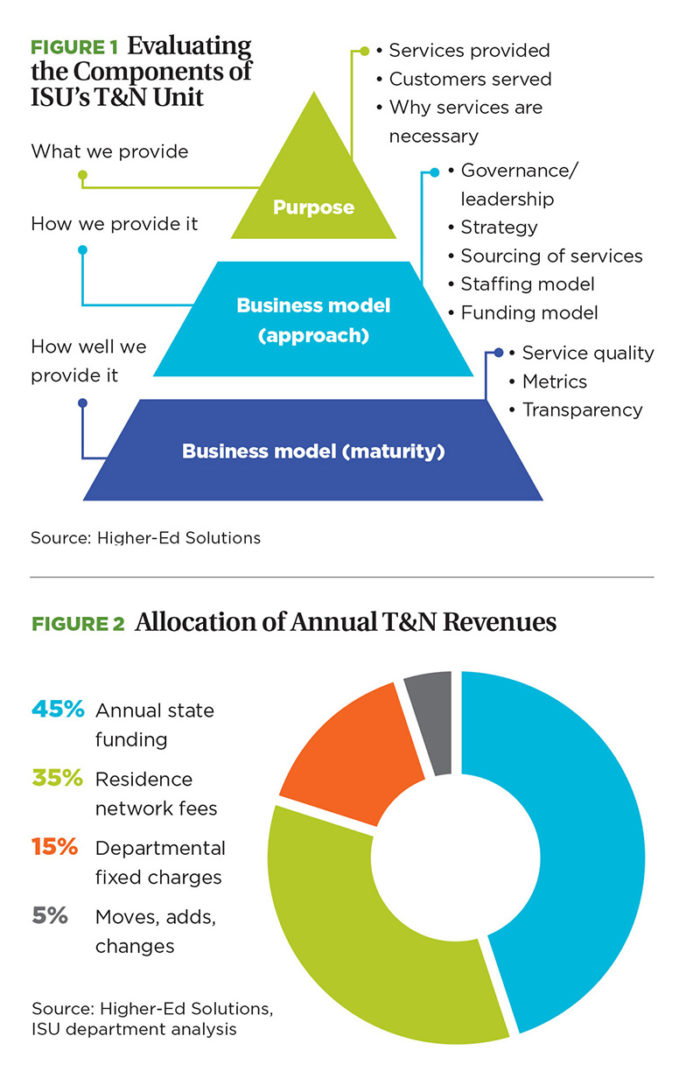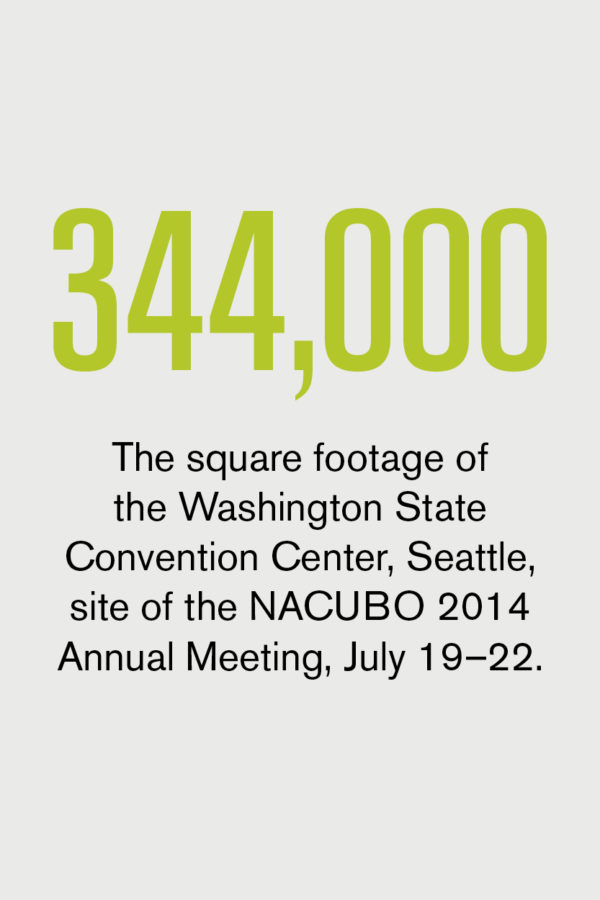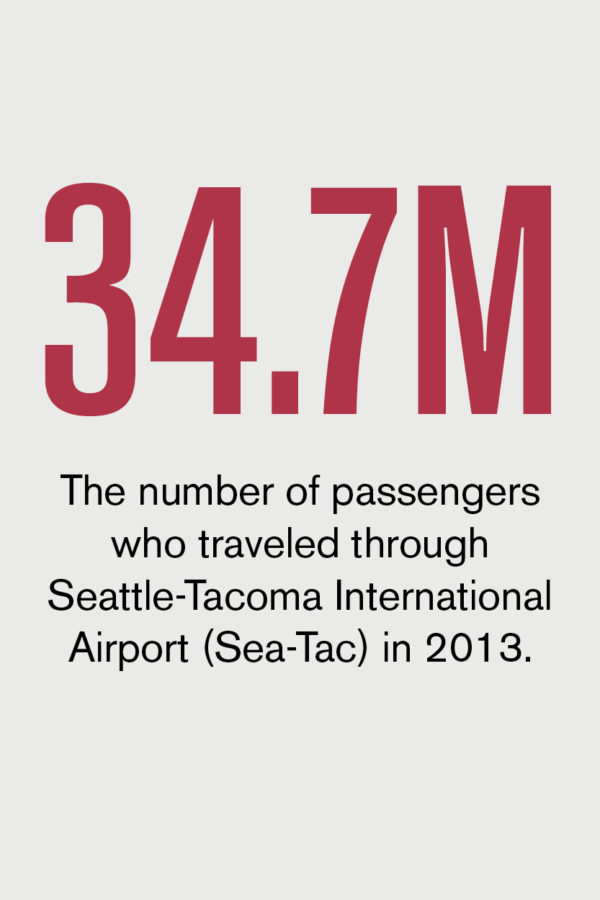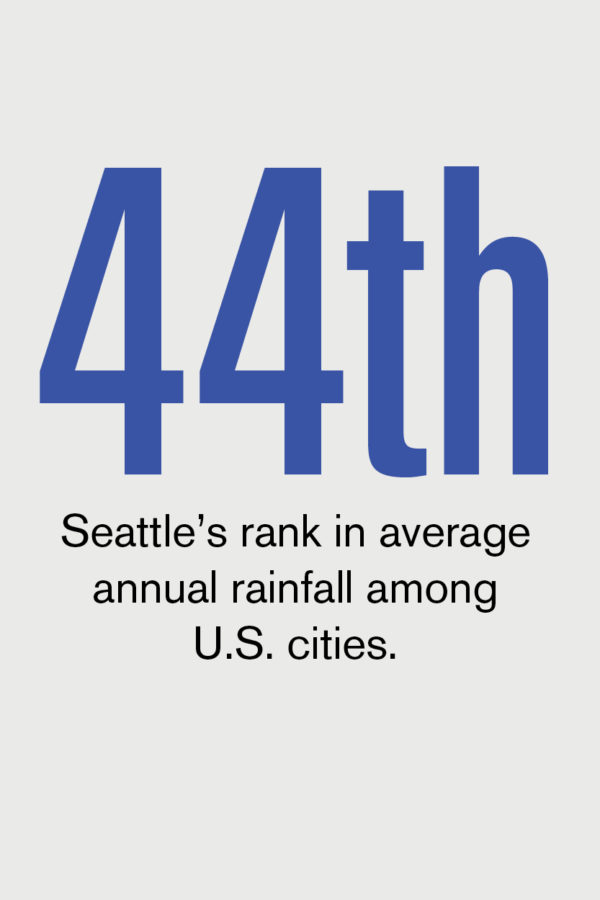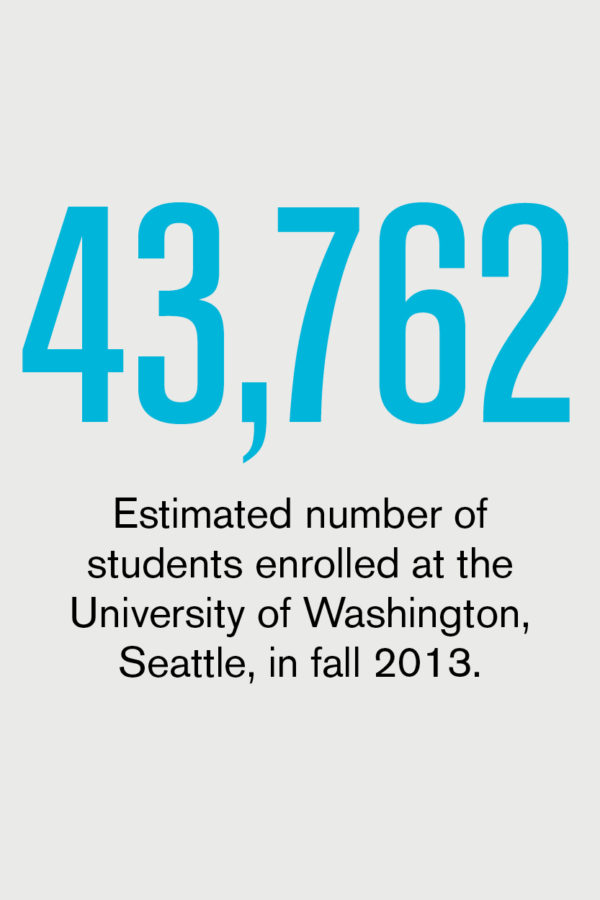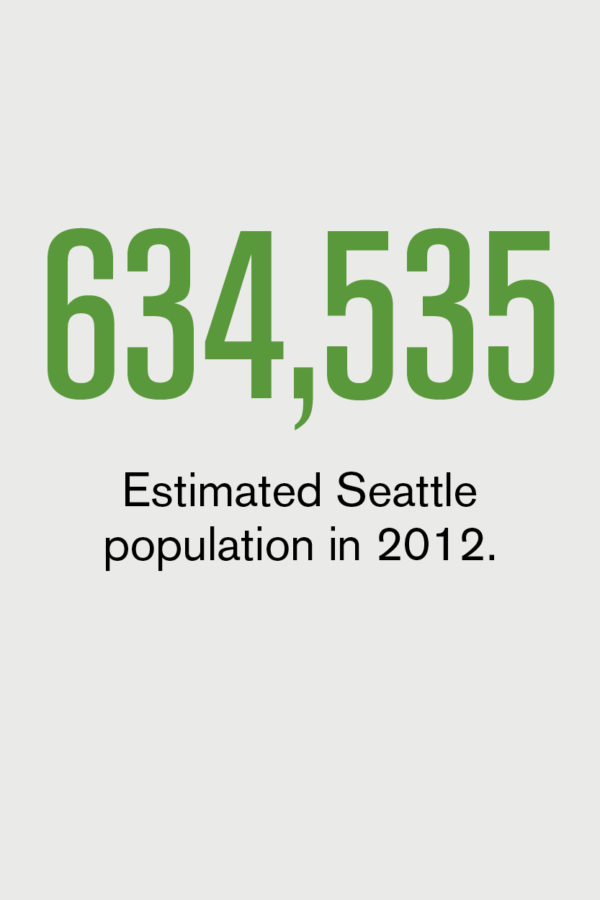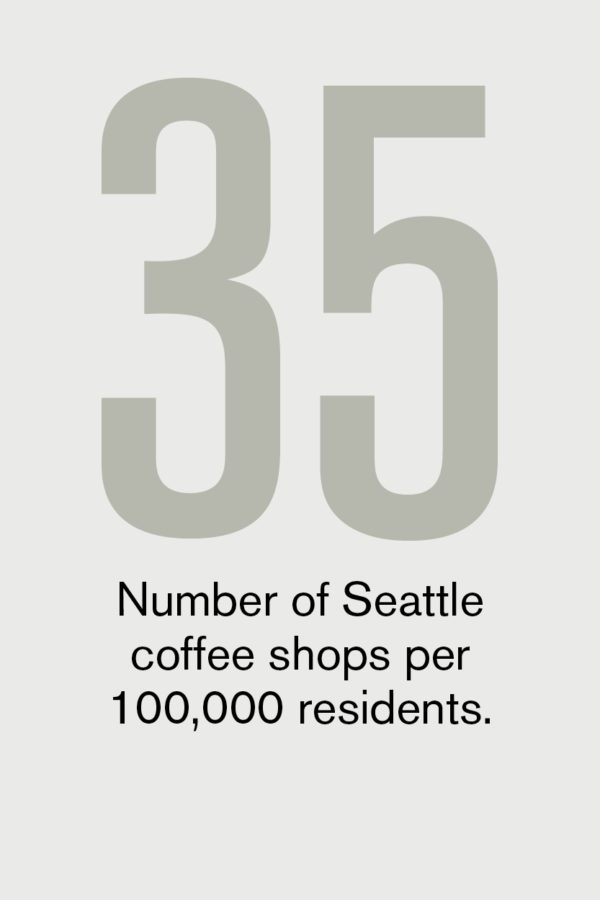By late 2012, the business model for the telecommunications and networking (T&N) department at Illinois State University (ISU), Normal, was no longer sustainable. For various reasons, the unit had evolved into an internally focused group with inefficient and bureaucratic processes that made for some dissatisfied users throughout the university community.
From a technology perspective the networking capacity was robust, with multiple wide-area network connections and sufficient bandwidth streaming to the midsize Illinois campus. However, a growing service and fee structure and a complex system of forms and communications required extra customer service “handholding” and one full-time-equivalent (FTE) staffer devoted solely to answering questions from the community, often about the request form itself.
While the unit’s technologists had created some exciting tools, little thought was given to the business sustainability for supporting such solutions. The large administrative infrastructure that resulted eventually reached a point where it was no longer sustainable, particularly for a state-funded institution.
We made the decision to take a step back and refocus.
Analysis and Advice
ISU’s chief academic and chief administrative technology officers discussed options and made the decision to seek outside assistance to help with an unbiased assessment of the technology and networking unit’s operations. The university engaged Higher-Ed Solutions LLC (HES), Austin, Texas, to analyze the maturity of the current business model, and recommend improvements, including:
- Revised management policies and processes that align services with university needs.
- Sufficient, trained staffing that strategically equips the unit to provide and ensure quality services.
- A clear, transparent, and sustainable funding model.
The consulting firm based its approach on the IT Infrastructure and Operations Maturity Model (described by Gartner, Inc., an IT research firm) to evaluate the technology unit’s maturity with respect to people, process, technology, and business management (see Figure 1).
Toward Transparency and Efficiency
After conducting the department evaluation and reviewing the results with ISU leadership, consultants and ISU administrators identified two interrelated root causes for the department’s issues:
Isolation and a lack of checks and balances. The technology and networking unit was isolated, with little-to-no accountability to the rest of the university community. The review revealed an organization with no oversight from the campus’s two principal IT governance groups. The unit implemented the services it felt appropriate with no external filter to help evaluate whether the services should be provided, plan how to provide them, or assess how well they added value.
A few examples of the inefficient department’s byproducts, which had evolved for this campus of just over 20,000 students, included:
- A full-time staff of three dozen (not including temporary or permanent staff augmentation) and an annual budget of $5 million.
- A six-page list of more than 150 services and fees.
- Dozens of confusing forms and processes required to be correctly completed prior to scheduling service.
- A series of recent T&N projects that had not been completed on time or within budget.
An initial step to solve the isolation issue was to merge the T&N unit with the broader administrative computing unit, which would provide governance of the units’ decisions and activities.
Misguided good intentions. In spite of enthusiastic technology personnel, some ideas and implementations had created overly elaborate fixes, fees, forms, billing systems, and other processes that frustrated the community of customers. This also resulted in part because of decreasing state funding that indirectly led many universities to commoditize infrastructure services in order to offload administrative costs to those consuming the resources.
Although this approach is certainly understandable, ISU’s analysis revealed that the cost recovery process could be greatly simplified, as 95 percent of T&N’s revenues came from only three sources, which did not vary during the year (see Figure 2).We identified two ways to more efficiently serve the campus community:
- Outsource the residence hall support function, the largest consumer of network resources.
- Standardize T&N services to the ones the majority of the campus customers had already selected, and eliminate all other options.
Impact and Next Steps
Within nine months of the unit’s assessment, ISU has benefited from significant savings that will ultimately result in a reduced budget of up to 50 percent. Savings from the residence hall network outsourcing alone is estimated at $500,000 per year, while other savings will come from a reorganized staff and a greatly simplified fee and billing system. For example, the new approach resulted in the repurposing (via attrition) of nine full-time administrative positions, and several more technical roles that were no longer necessary under the new business model.
In addition to these concrete results, integrating the planning and governance of the T&N team with the rest of the administrative computing community has increased trust, collaboration, and transparency. And, while this exercise has not been without pain, the benefits far outweigh those challenging points. As the university continues to work through other suggested changes, the business sustainability problem will eventually transform into an effective balance between technical services and the right-sized business model, as recommendations are fully implemented.
SUBMITTED BY Andrea S. Ballinger, vice president and chief information officer, the University of Illinois Alumni Association, Urbana, and former associate vice president and chief administrative technology officer, Illinois State University, Normal; and Fred Friedrich, founder of Higher-Ed Solutions, Austin, Texas



